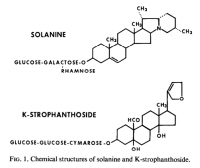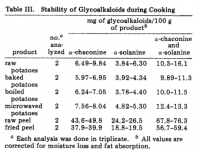beachbum
Member
- Joined
- Nov 10, 2014
- Messages
- 423
- Age
- 60
Hello all,
Does eating lets say potatoes with melted cheese cause fat aroung the belly and fat everywhere in general or is it really all about controlling insullin and stress hormones. I see on here eat low starch, no starch, starch and fat. No put intended but my gut feeling I really believe it's all about insullin and stress hormoones. And increasing metabolism.
Thank you
Does eating lets say potatoes with melted cheese cause fat aroung the belly and fat everywhere in general or is it really all about controlling insullin and stress hormones. I see on here eat low starch, no starch, starch and fat. No put intended but my gut feeling I really believe it's all about insullin and stress hormoones. And increasing metabolism.
Thank you




